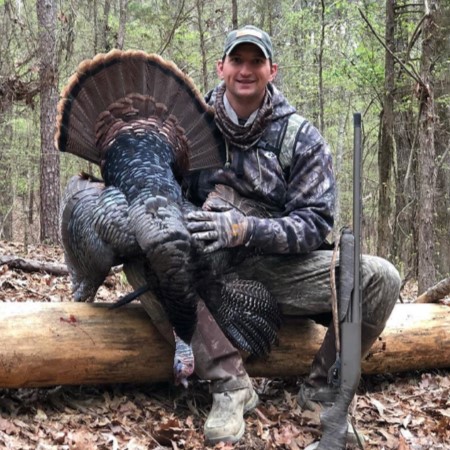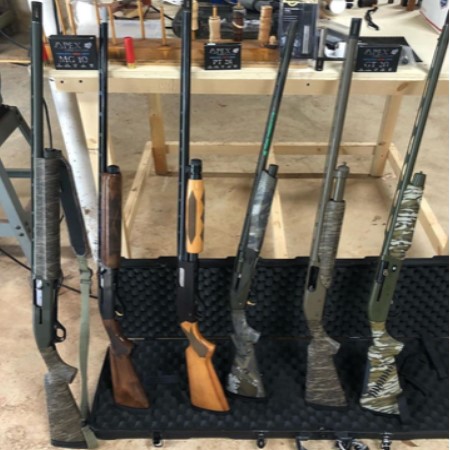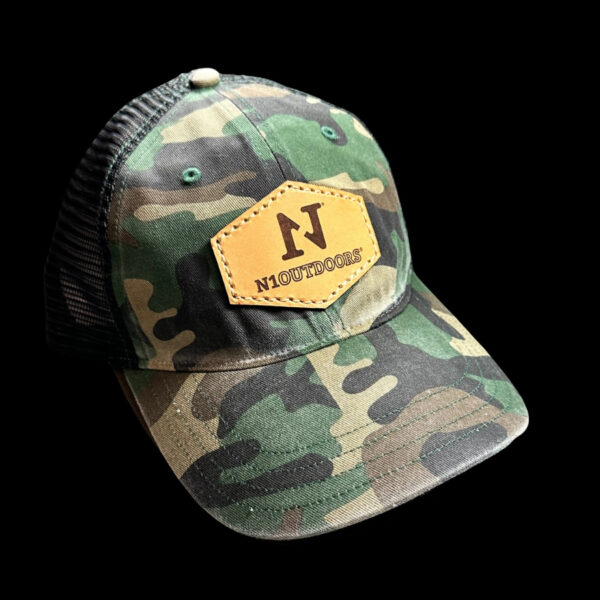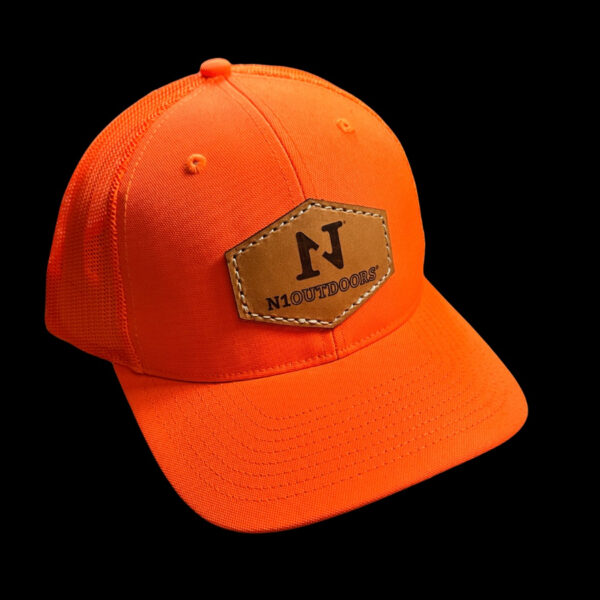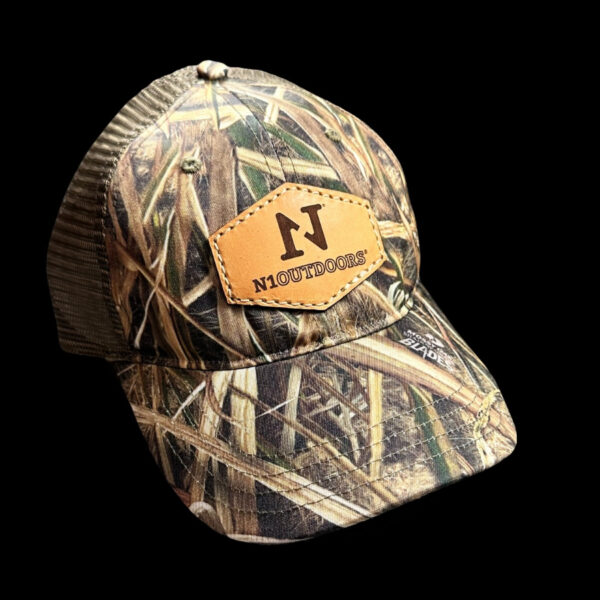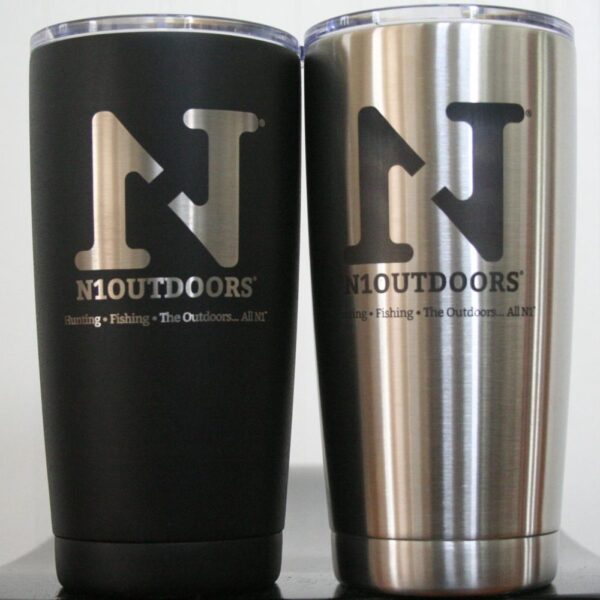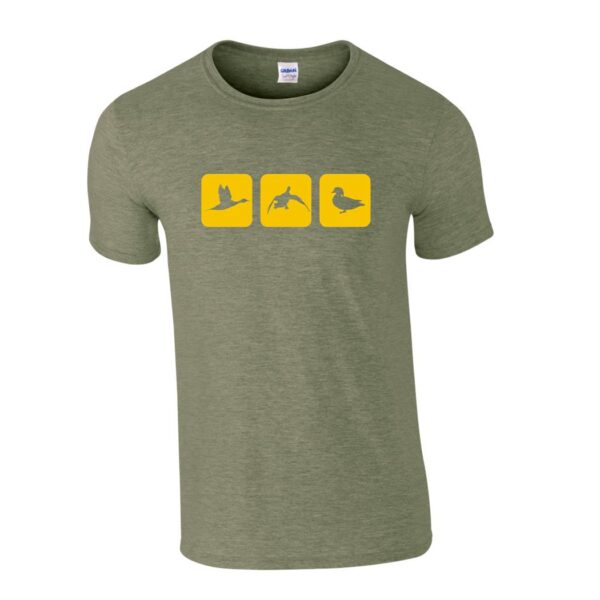One of the most common questions many hunters ask is, “what shell do you recommend for (insert gun) with (insert choke)? Without hesitation, the most immediate follow-up question usually results in, “What do you define as best?”
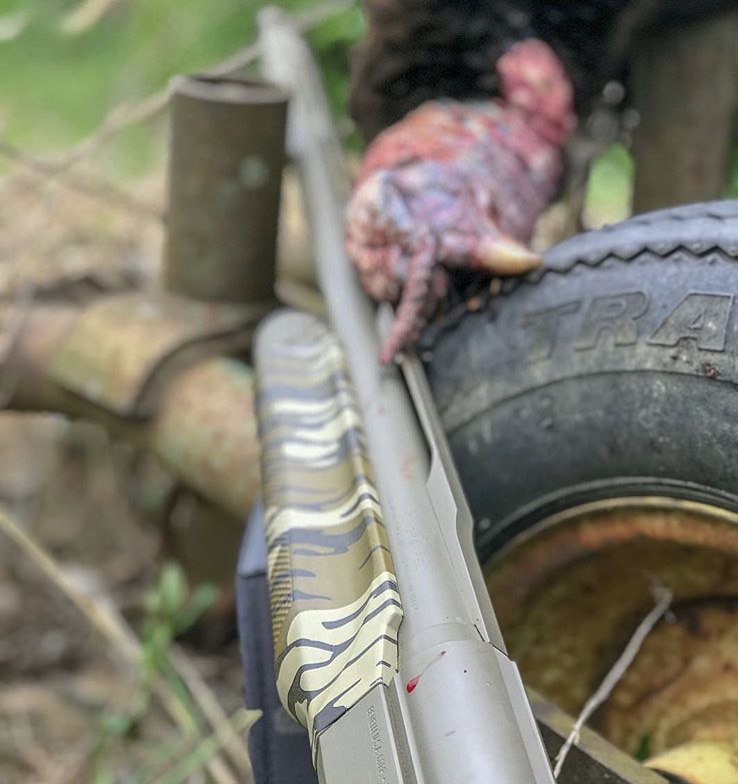
You should ask the question what will my shotgun setup be used for?
To us, the perfect shotgun setup is a result of the ultimate satisfaction and confidence when you pull the trigger. The “Best” setup then, more often than not, is a result of personal preference.
Since there are so many factors in determining what shotgun setup to go with, we’ll dive into a couple that allow you to develop some thought and help guide your decision for your next hunting season or day in the field.
#1: What are you going to use this shotgun for?
While many customers call already owning the shotgun they intend to use, they often can also be in the market for a new one as well, possibly even in a different gauge.
The first question we might pose is, “what do you intend to use this gun for the most?”
Just as you would when choosing the right rifle caliber, it’s important when choosing a shotgun setup to know what exactly you are going to use it for.
For example, when hunting waterfowl, semi-automatics are the most commonly used. Occupying the most weight, these guns rely on either gas or recoil driven systems to cycle the shells, allowing the shooter to stay more focused on the target, thus reducing the need to cycle the next shell.
When it comes to turkey hunting, it could be argued that the most prominent shotgun is a true pump-action. Given the reduction in weight, these guns also provide a level of reliability that semi-automatics cannot provide. This could prove crucial during a turkey hunt, especially as a beginner.
In upland hunting (i.e. pheasant hunting), over/under or semi-automatic shotguns are king and its no coincidence these are favorites, as hunters can switch barrels and utilize multiple chokes at once for selected ranges.
>> Check out N1 Outdoors hunting, fishing and outdoor apparel
#2: Choosing a gauge
After you have selected your style of gun, you’re undoubtedly going to want to settle in on a gauge.
With gauge selection comes a choice in payload, recoil, weight and lastly range. Most smaller gauges tend to have smaller frames.
For larger type people, a bigger gauge may feel more comfortable, as it has added size and length of pull. Smaller-framed individuals, or people looking for less recoil, may opt for a sub-gauge gun such as a 20, 28 or even a 410 bore. These gauges offer less weight, recoil and ease of maneuvering. A smaller gauge may also provide an additional level of challenge.
Whatever the situation, premium performance and effectiveness are available to all outdoor enthusiasts.
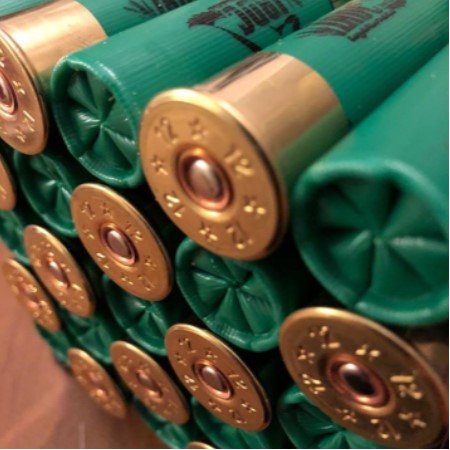
Tungsten Super Shot shells yield maximum pattern efficiency at various ranges.
#3: Choosing the right shell for your shotgun setup
With your next shotgun in hand, what shells do you intend to use?
With such advancements in technology and metallurgy, there are vast amounts of lengths, payloads and shot materials to choose. The most widely used shot materials are often steel for non-toxic and lead (where allowed) due to their mass availability and affordability.
Large pellets hit with a magnitude of force. However, they usually lose pattern counts at extended ranges.
To make up for this, smaller shot sizes are used. But, the setback here is that these smaller pellets lose vast amounts of energy, thus decreasing their range regardless of pattern count.
To combat decreasing range, increasing the density of the shot material increases the mass of the pellet. This results in saturated, hard-hitting and efficient killing patterns, resulting in more success and less cripples.
With the recent rise in tungsten based alloys, a new pinnacle in the shotshell community known as, “Tungsten Super Shot” yields the maximum in pattern efficiency at a multitude of ranges.
#4: Choosing the right choke
Referring back to our most commonly received question, many customers ask us what shell works best for their previous setup. A choke, aftermarket or not, is merely an additional forcing cone to optimize pattern efficiency.
In short, your choke should complement your gun and cartridge, not the other way around. The best aftermarket chokes cannot allow the shell to optimally perform if they are chosen incorrectly.
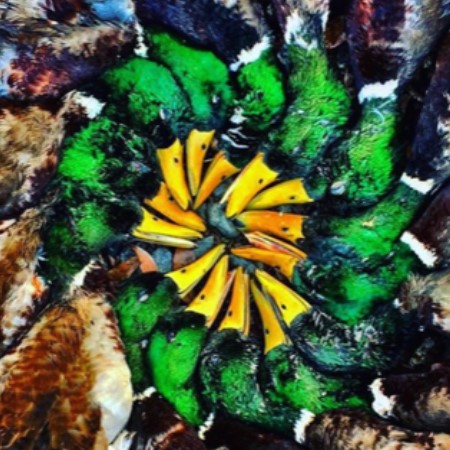
The type of game you are hunting impacts which choke you might consider using with your shotgun setup.
First and foremost, it is the utmost importance to consult the ammunition and choke manufacturer you are considering for both their recommendations and any safety warnings.
Chokes that are not designed to handle heavier-than-lead-type products, or over-constriction, could result in severe damage to the gun or even injury to the shooter.
Tighter constriction doesn’t always mean tighter patterns. In fact, it can result in an inconsistent blown core pattern that leaves it looking “splotchy.”
When selecting the right choke, consider the make and gauge of your gun.
The backbore of your shotgun, coupled with shot material, payload and shot size, will ultimately dictate which choke is right for your setup as it will ultimately culminate in your desired best pattern.
#5: The final touches
Your shotgun setup is almost complete. But, there are a few accessories and modifications you can add to increase your comfort and performance.
A reflex sight, (not to be confused with a rifle scope) which is most commonly referred to as a “Red Dot,” is a great addition that can improve your accuracy, and ensure that your point-of-impact/point-of-aim is true. It can also provide ergonomic relief to your neck and eyesight.
In short, if your sight is dialed in, the gun will hit what it points at.
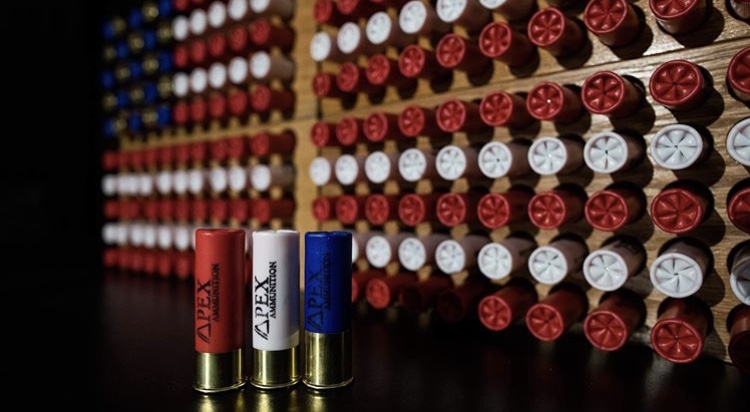
Shot shell selection is a critical part of the deciding what the “best” shotgun setup.
You can also improve your setup by lengthening the forcing cone of your shotgun. This results in a smoother transition as the pellets travel down the barrel, reducing stray pellets or, “fliers.”
Lastly, if you desire to provide the ultimate level of protection for your setup, there are options like Cerakote that virtually eliminate the wear and tear from the elements that allow you to prolong your investment.
In conclusion:
Choosing your best setup is the result of what you want to achieve. As it has been said before, “beauty is in the eye of the beholder.” In this case, perfection is just what you envision it to be.
As outdoorsmen and women, and conservationists, we all strive to achieve the most lethal and efficient method of take. After all the effort we put in to become successful, our equipment should be at the forefront of our mind and we should accept zero compromise in their performance.
Remember, with any setup, practice and patterning are critical to fine tuning your outcome. Maximum confidence in your abilities and equipment will ultimately lead to most memorable hunts you will ever experience.
